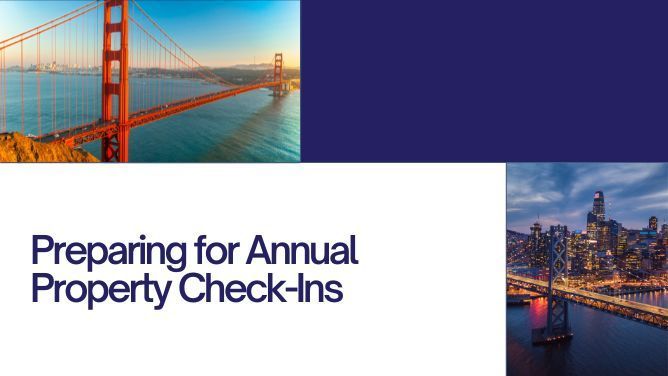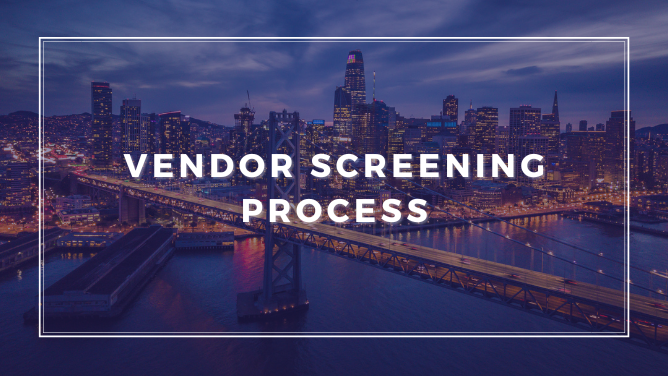5 Things San Francisco Landlords Should Always Look For In A Rental Property Inspection
Rental inspections are an important part of protecting the condition and value of your San Francisco investment. You need to know when to do them, how to do them, and what to look for when you’re inside the unit inspecting.
Property inspections will also help with preventative maintenance, and you’ll be better prepared to budget for upcoming renovations. You’ll document the condition of your property and make notes of any work that needs to be done to keep your property safe, habitable, and attractive.
If you understand the importance of inspections but you’re not sure exactly what to look for, we have some ideas for you.
These are the 5 things you must always look for in a
rental property inspection.
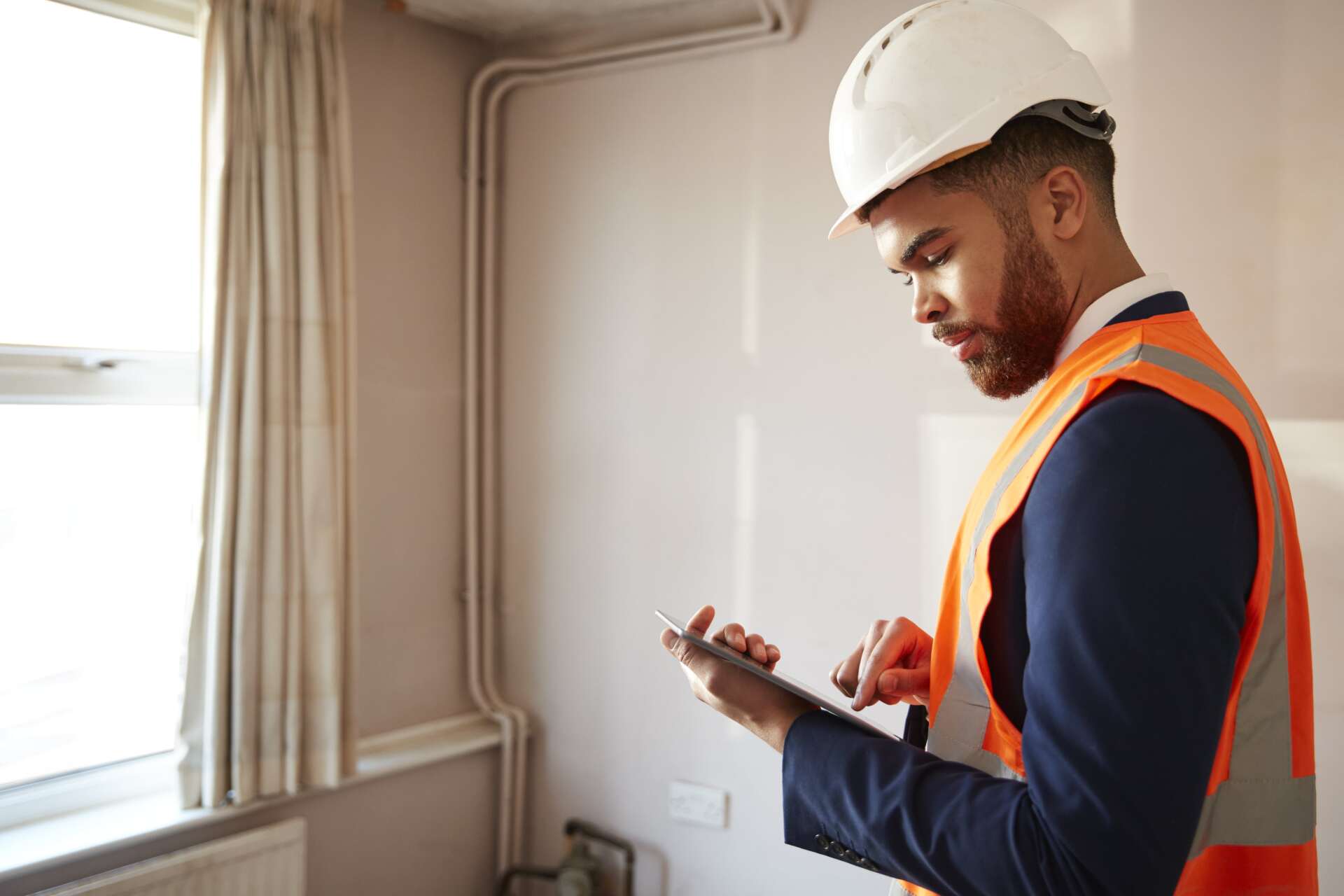
A WORD ABOUT MID-LEASE INSPECTIONS
Maybe you’re hoping to inspect your
San Francisco rental property while a tenant is living there. That’s fine, as long as you have a reason. In California, you cannot schedule an inspection just because you want to look around. That violates your tenant’s privacy and right to quiet enjoyment.
Inspections during the lease period allow you to look for lease violations and potential problems as well as maintenance issues. Just make sure you have a reason for being there. You can include a maintenance inspection or walk-through in your lease agreement every six or nine months. Your reason for entering the property is to check for deferred maintenance and any wear and tear or deterioration that may need your attention.
Give your tenants plenty of written notice ahead of time and let them know they are welcome to be present while you’re there.
1. SAFETY AND SECURITY IN SAN FRANCISCO RENTAL HOMES
It’s hard to think of anything more important than safety. Your rental inspection should begin with making sure the unit you’re renting out is safe, secure, and habitable. Anything that could pose a danger or a health threat to tenants or neighbors should be taken care of immediately.
Some of the safety checklist items should include:
- Doors and windows that open, close, and lock properly.
- Working smoke detectors and carbon monoxide detectors.
- Sufficient lighting.
- No loose steps, handrails, or floorboards. Make sure the carpet isn’t buckling or pulling up in corners.
- Test each electrical outlet and make sure there isn’t any smoke or staining around the plate.
- Look for lint build-up in dryers and air filters.
- Are fire extinguishers where they should be?
Take a look at the common areas in your building as well. Check for potential issues in elevators, the lobby, and the parking lot/garage.
Inspect for security as well, and consider whether your rental unit is lacking the systems and upgrades that might help tenants feel safer. You don’t necessarily have to pay for an alarm on your property. But, you might want to make an alarm system available to tenants if they want the option of activating an alarm service. Smart home technology is also growing in popularity, and if you provide a home that’s ready to accept that technology, tenants will feel safer.
2. INSPECT FOR WATER LEAKS AND PLUMBING ISSUES
Look for any potential leaks or water problems every time you’re in the property. Even if it’s not a formal inspection or walk-through.
Water can be an immensely damaging force, and a leak or even a drip can lead to potentially expensive problems at your property. In older multi-family San Francisco buildings, it can also impact neighboring properties.
It’s almost always expensive to repair plumbing problems if you don’t take care of them right away. For this reason, plumbing and water have to be priority checklist items during every rental property inspection. You need to look for leaking pipes and dripping sinks, and you need to repair such issues right away.
When you’re inspecting, get underneath the sinks and check for water and leaks around toilets and tubs. A simple dripping faucet can turn into a major leak under the sink that causes rot and mold. Other signs that you may have a plumbing problem include discolored walls or ceilings, or soft spots.
3. INSPECT YOUR HVAC SYSTEM
San Francisco’s weather isn’t usually extreme, but we do enjoy the seasons, and your tenants will likely need both heating and air conditioning, depending on the time of year. They’ll also expect healthy indoor air and good ventilation.
The HVAC system in your rental property is potentially one of the most expensive things you’ll ever have to repair or replace.
Avoid those expensive emergency repairs by inspecting your system at least once a year. You might want to have a service contract in place with an HVAC technician so you can have it professionally inspected for any potential problems.
Because of the cost of repairs and your desire to extend the lifespan of your heating and cooling systems, your HVAC system needs a lot of preventative attention. It should always be one of the things you look at carefully during an inspection.
Your HVAC system has to be working well, and you should inspect it for efficiency.
4. CHECK THE APPLIANCES IN YOUR SAN FRANCISCO RENTAL HOME
Appliances in rental homes get a lot of use and as tenants come and go, they deteriorate over the course of eight or 10 years. Sometimes, you can keep a refrigerator going for 12 or 15 years, but that’s not something you should expect.
Always inspect your appliances and make sure they’re functional, attractive, and up to date. If the dishwasher smells funky, run it and see if the odor lingers. When the fridge begins leaking, decide whether you want to repair it or replace it.
Trends in appliances change pretty frequently, so you don’t want to keep your rental home looking old and dated with tired, worn-out appliances that look like they belong in the 1980s.
If they’re functional, you want to keep them in place for as long as you can. But, if you see that they’re in need of cleaning, repairs, or new parts, it may be more cost-effective just to replace them altogether.
Tenants are looking for modern, energy-efficient appliances. Stainless steel is lovely, but you don’t have to trade in your economical models for shiny stainless. Just make sure all the appliances match. Your black refrigerator should not be in a kitchen with a white stove or a wood-paneled dishwasher. Give the kitchen a clean, cohesive look with matching appliances.
Energy efficiency is another important thing to tenants. They want to keep their electric and water bills down. Many tenants today are also concerned with their carbon footprint. Look for the Energy Star rating when you buy new appliances.
5. HOW ARE YOUR FLOORS HOLDING UP?
Finally, we think it’s a good idea to take a look at your floors. When you have carpet, you’re likely to clean it during every turnover until it needs to be replaced. Make sure it’s in good condition and clean. Carpet can easily trap allergens, dust, and pet odors. More and more rental properties are ditching the carpet and upgrading to hard surface flooring. You should consider this improvement as well. Not only is it more appealing to tenants, but it’s also easier for you to maintain. You’ll even see your
rental values increase.
Make sure floors and foundations are strong, healthy, and looking good. Tenants will always notice if the carpet is discolored or the hardwood floors are scratched. Your inspection should tell you whether the floors simply need a good cleaning before the next tenant or whether something needs to be replaced.
Look for opportunities to upgrade and improve your property.
Your rental inspections should include these five things and even a few more things that we would love to talk to you about.
Here’s something you shouldn’t forget: tenants like upgrades and updates. Renovations are expensive, but when you can make a few cost-effective improvements to your property, you’re going to reduce your vacancy time, attract and retain better residents, and increase the value and ROI of your property.
Spend some time during your inspections to brainstorm what you could do to make the property more attractive to future tenants. Maybe it’s those hard surface floors or new appliances. Maybe better lighting or an updated bathroom. More storage might help.
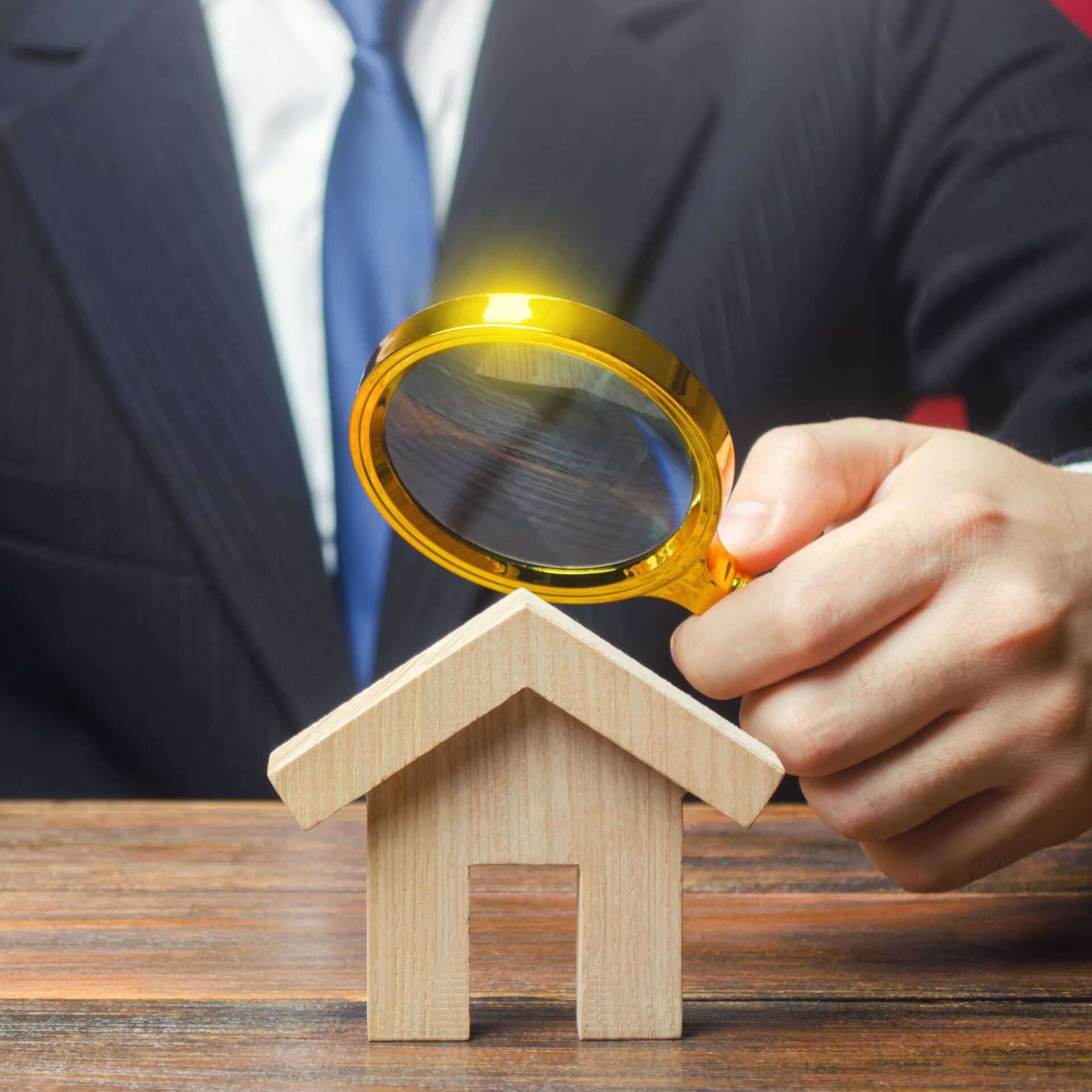
SAN FRANCISCO PROPERTY MANAGEMENT RENTAL INSPECTIONS
Rental inspections are extremely important but often time-consuming. You don’t want to skip them, but if you don’t have the resources and the expertise to complete them yourself, you should reach out for some professional property management help. At BanCal Property Management, we’ve been inspecting rental units and making suggestions about how to maintain and improve them since 1987. We can take this off your plate.
To hear more about our leasing and management services and to ask questions about property inspections, please
contact us. We also welcome your comments, questions, and suggestions for topics you want to learn about, so please share those too. We’d love to address a question you have in one of our future blogs.
